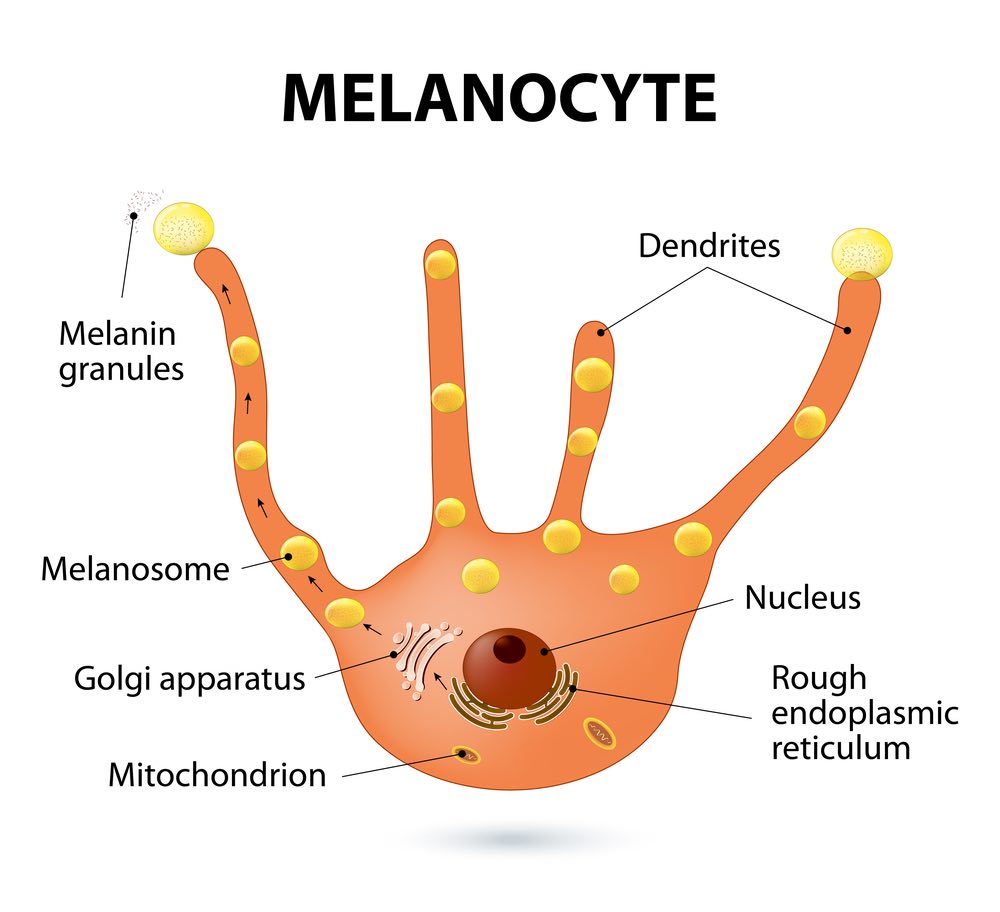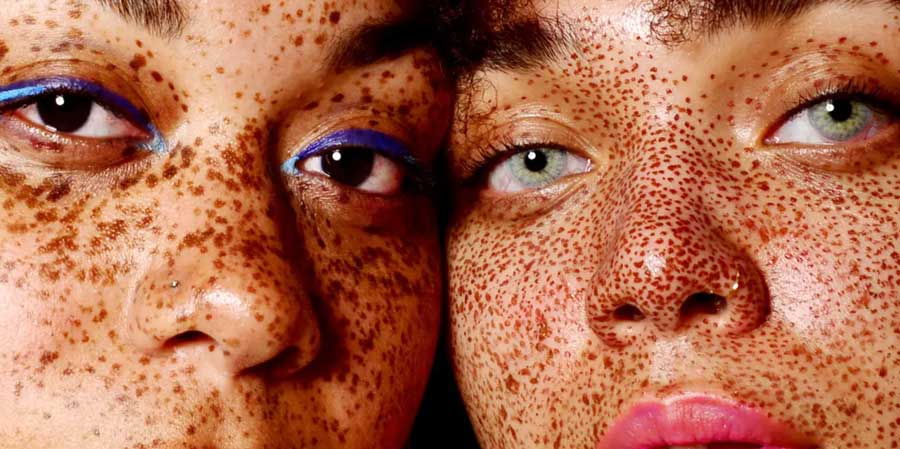
In early 2021, the rise of “faux freckles” went viral. Suddenly, Instagram and Facebook feeds were swamped by makeup gurus and beauty influencers posting pictures and videos of their faces covered in “DIY” spots. Some drew freckles on their faces using eyebrow pencils, while others went for a longer-lasting version using henna.
Whether you loved the look or hated it (for example, those who used henna faced immediate backlash because of henna’s traditional Indian roots) it was an undeniably popular trend in 2021. There are still plenty of do-it-yourself faux freckle videos floating around the internet today, but what about real freckles? What about the freckles your body naturally creates?
What Causes Freckles?

Melanocytes are specialized cells in your body that produce the pigment melanin. Melanin is responsible for your skin and hair color. When you have freckles, melanocytes in certain regions of your body are hyperactive, producing more melanin than normal. This melanin clumps together, forming darker patches that we know as freckles. Freckles are generally located on your face, although they can be found in other places on the body as well.
Are you more likely to have freckles?
The answer lies deep within your cells. People of any skin type or color can have freckles, although some people may have a lot more than others. Your DNA contains a couple genes known to be associated with the presence of freckles. Your IRF4 gene codes for a protein that plays a crucial role in melanin production. This protein affects pigmentation across your body and helps regulate your eye color, hair color, and sensitivity to the sun (photosensitivity).
Another gene, MC1R, codes for a melanin signaling protein found on your melanocytes. This protein can affect how much melanin your melanocytes produce. Your MC1R gene is also associated with photosensitivity and red hair.

A change in either your IRF4 and/or your MC1R gene, also known as a gene variant, at a specific location in your genetic code may create a change in their associated proteins. In turn, there may be a change in the number of freckles you see (or don’t see) on your face and other parts of your body. Thus, your DNA can tell you whether you are more likely to have freckles in comparison to other people.
Use Your DNA to Explore Your Likelihood of Freckles
If you're a CRI Genetics customer, you can access your Freckles Report in your CRI Genetics account right now and find out your own risk of photosensitivity.
Not a CRI Genetics customer yet? Go check out any current promotions and find out how you can get the Freckles Report (and many more).